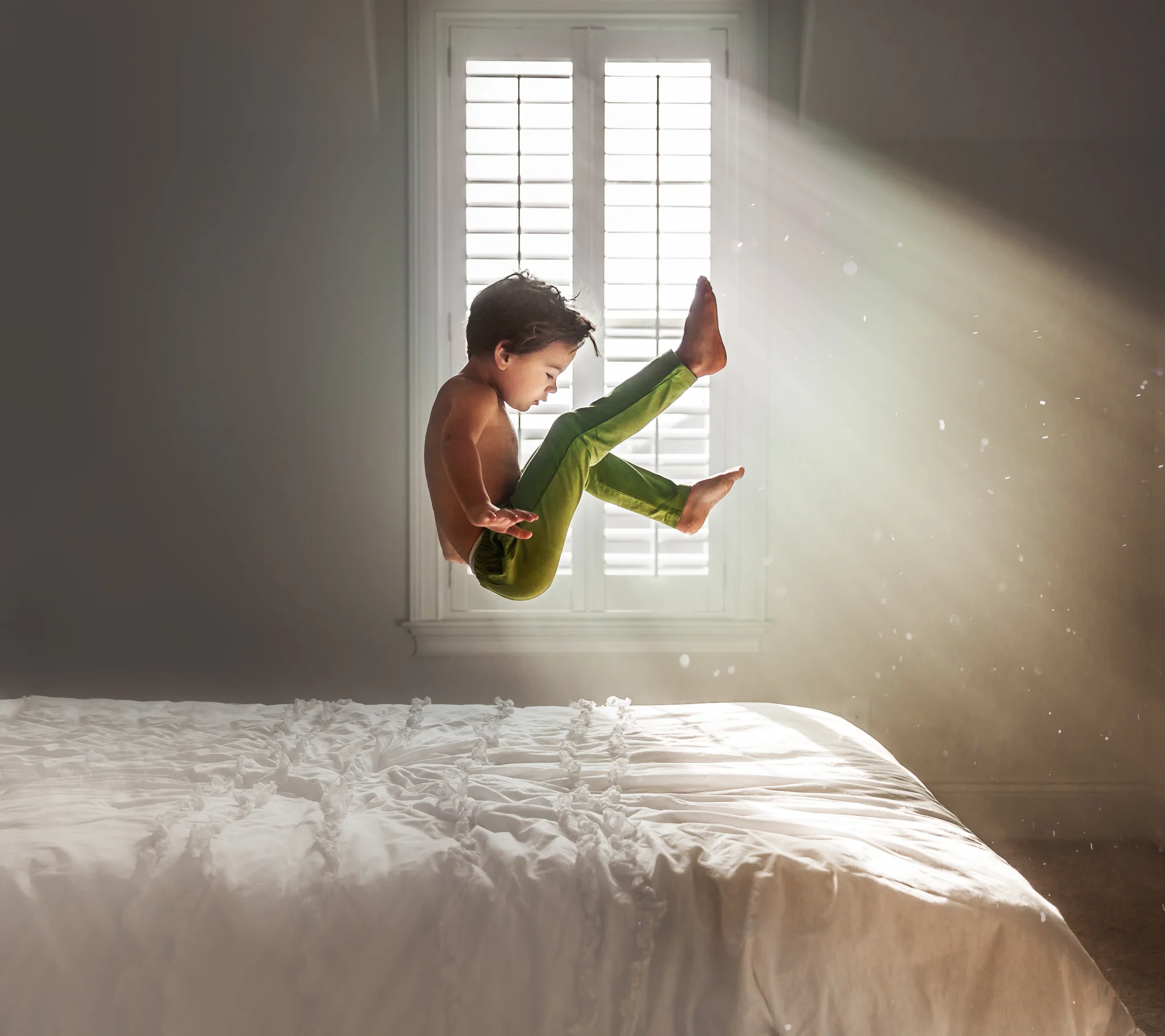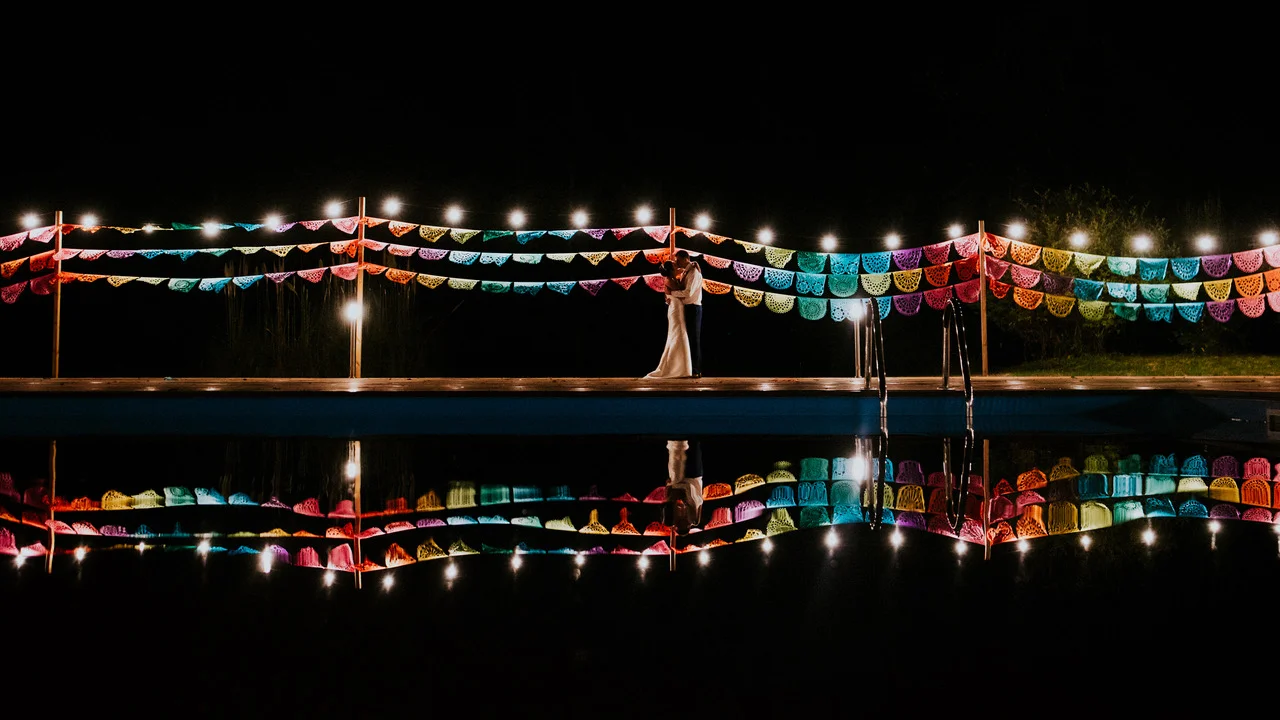There have been a lot of different key points in my 5 year career that have helped define my style and helped me grow into the photographer I am today. One of the biggest being when I introduced VSCO to my workflow. Being proficient in Lightroom and Photoshop, my workflow was tedious and slow, spending a lot of time playing with the HSL sliders and curve settings until I had things exactly the way I wanted them. Of course I had my own presets but I was constantly tweaking them never really happy with how they looked. Since I shot a lot of 35mm and Medium Format film early on when I was younger and as I started taking photography more serious, my editing always centered around getting my digital images to take on the look of film. VSCO came along and not only made that process much easier and quicker, but offered me new looks that I otherwise would have never reached on my own...or taken much MUCH longer.
Jay Cassario
The other key thing that helped me to not only define my style, but ultimately made me an overall better photographer, was when I started shooting with a Leica M9 rangefinder. Having only shot with DSLRs for my professional digital work, the name Leica had been pretty foreign to me up until a year and a half ago. I was given a Leica M9 to test and write up a review on for the rental company Lumoid and I unexpectedly fell in love. A month later, I was selling gear that had been collecting dust to fund a new M9 and a couple Leica lenses. Nothing has changed my style of shooting and the overall look to my images more than when I started shooting with the M9. The rangefinder is different from the moment you pick it up and put it to your eye, no longer seeing through the lens like you do with an SLR. There’s no DOF preview just a window leading to a view much more raw and natural, allowing you to see everything as it is in front of you. With its fully manual focusing system that is much different than that of an SLR or DSLR, you are forced to slow down. There aren’t any menu banks with tons of options to choose from, just one menu. Once set up, it’s a camera that you simply pick up and shoot. It does its job without getting in its own way. It lets the photographer do something that is often lost with all the newer technology, and that’s to use their vision, imagination, and ideas to create an image without the interference of technology.
It’s not just about the experience though, it’s also about the images that the M9 produces, especially when combined with VSCO. The images have a unique look to them that I personally have fallen in love with and so far, my clients have too. While it isn’t great at low-light and high ISO performance, when shot in good or decent lighting, the M9 shines like no other. The M9 has a full frame, 18 megapixel, CCD sensor made by Kodak, which also lacks an AA-filter like that of the Nikon D800 line-up. The images are crisp and have a lot of character along with pleasing and beautiful colors, providing a look that I find authentic and similar to film. Yes, the lenses have a lot to do with the images it kicks out, which is why I spent the extra money on what has become my overall favorite lens, the Leica 50mm Summilux-M ASPH.
Leica is an expensive choice, and I’m currently testing my Leica lenses on the newer and much cheaper Sony A7 bodies to see how they compare. So far all I can say is that I haven’t had the desire to leave my M9 at home to bring a Sony in its place. For those of you who are familiar with Leica know that the newer M 240 is quite popular as well which handles low light much better and has an excellent EVF. I have shot with the M 240 and prefer the images that the M9 produces. There is something very unique about the look of the M9 images produced by its CCD sensor that I simply love, and while some look at the poor low light performance as a hinderance, I don’t. I have other cameras for low light situations, the best in the business, the Nikon D750 and the Df. When I want low light performance I simply reach for one of them.
There will come times in your career when something will change the way you do things, think about things, or simply how you look at things. In the long run it helps us define who we are as photographers and creatives. Always be open to learning and not getting stuck in your ways, it will only slow you down. Technology is changing faster than ever in photography right now and I’m excited to see what the next few years brings us.
Here are a handful of my Leica images taken over the past year, all processed with VSCO and tweaked to my liking. To see more, I have a full gallery on my page www.jaycassariophoto.com, or follow check out my FB page HERE.
Follow our author Jay






















